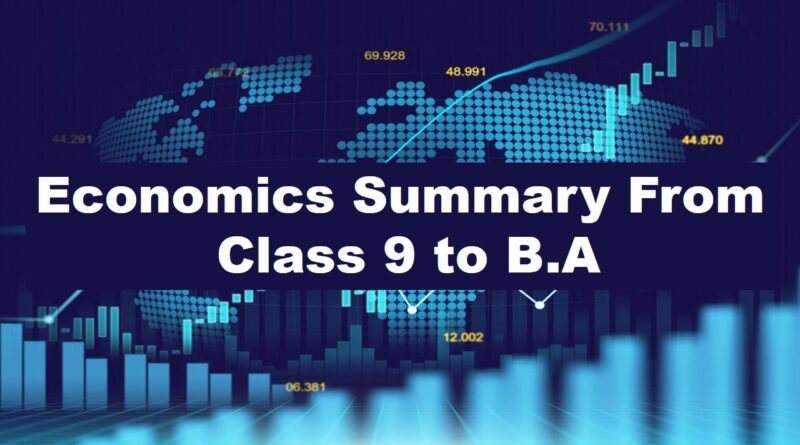Economics Summary From Class 9 to B.A
Note: NCERT Not released the NCERT Book from Class 6 to 8, So please don’t confuse.
NCERT Economics Class 9

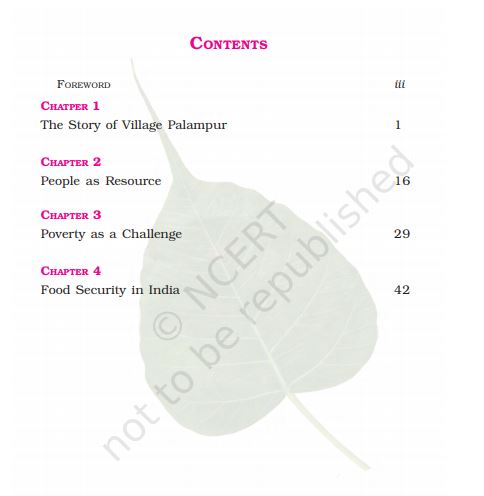
NCERT Economics Class 10
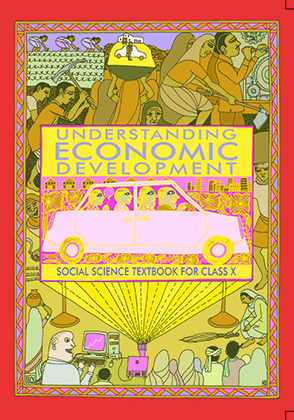
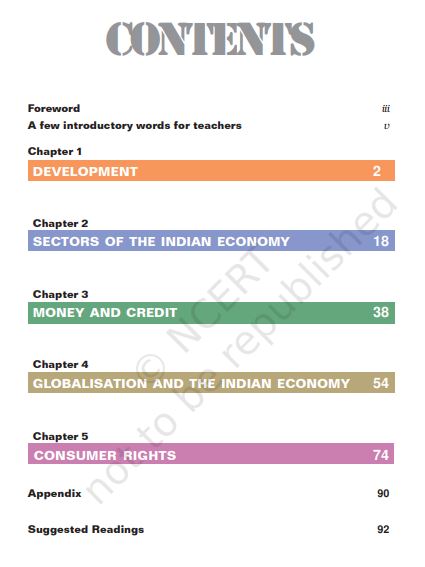
NCERT Economics Class 11 (Part-1)
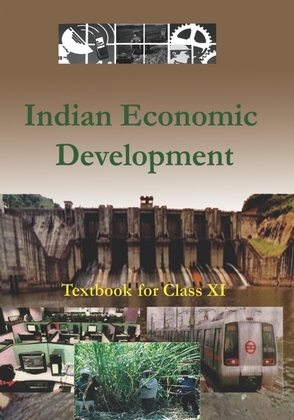
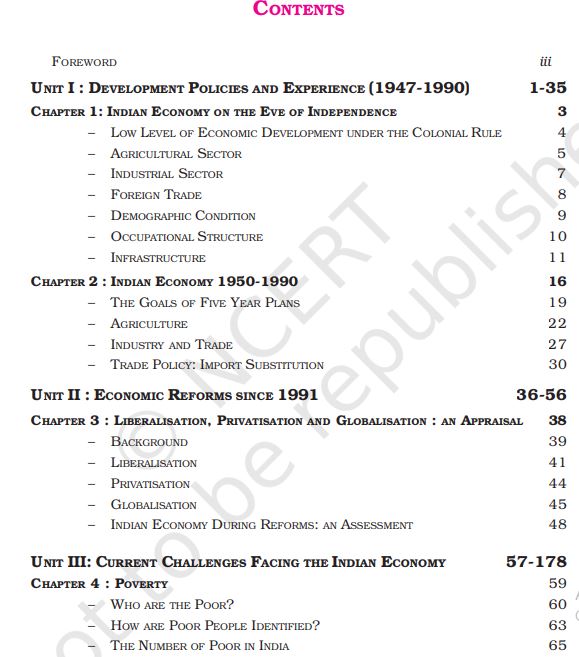
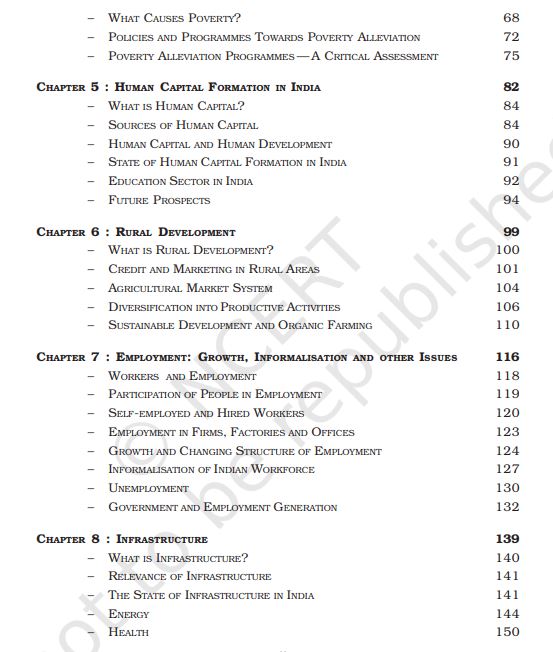
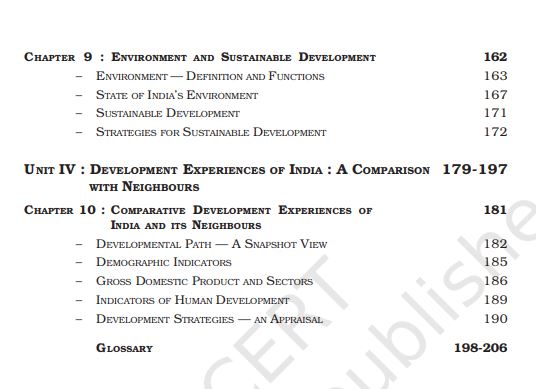
NCERT Economics Class 11 (Part-2)

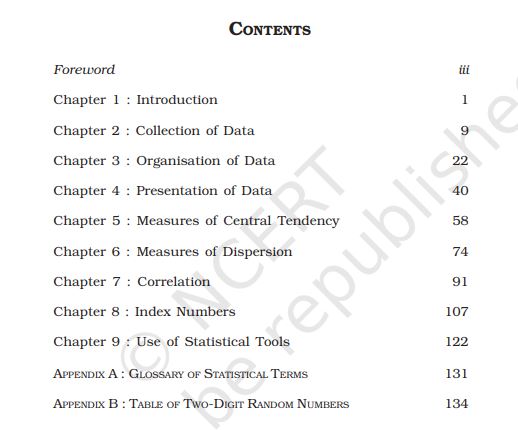
NCERT Economics Class 12 (Part-1)
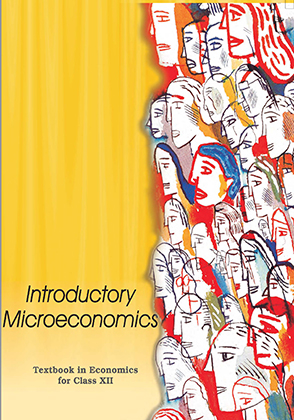
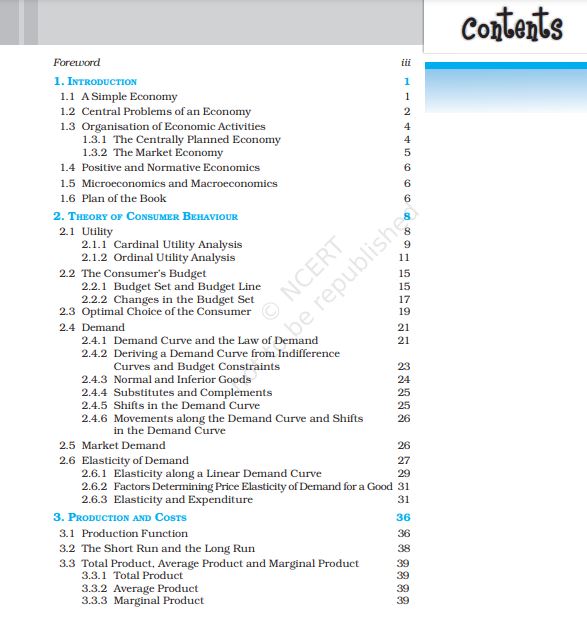
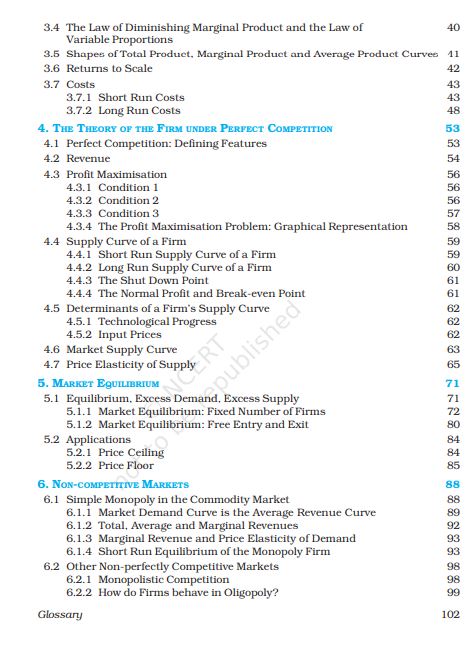
NCERT Economics Class 12 (Part-2)
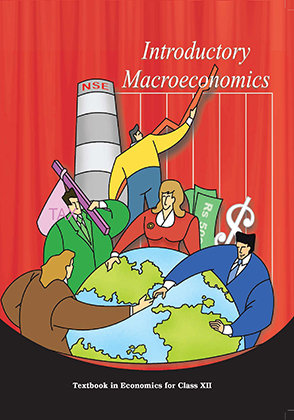
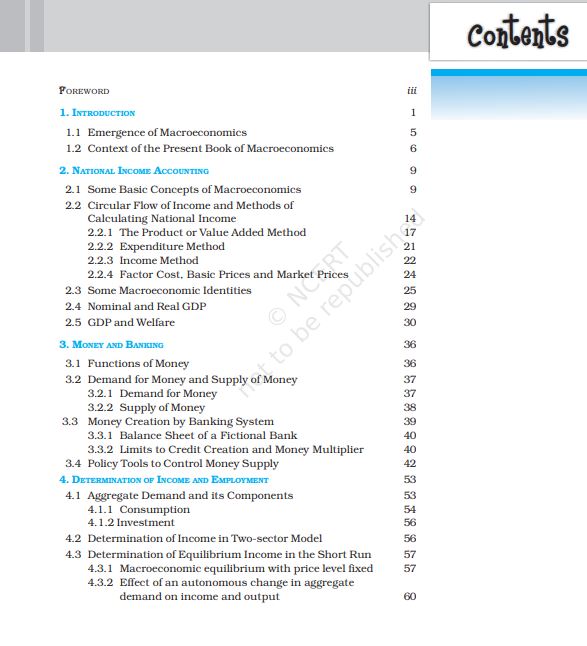
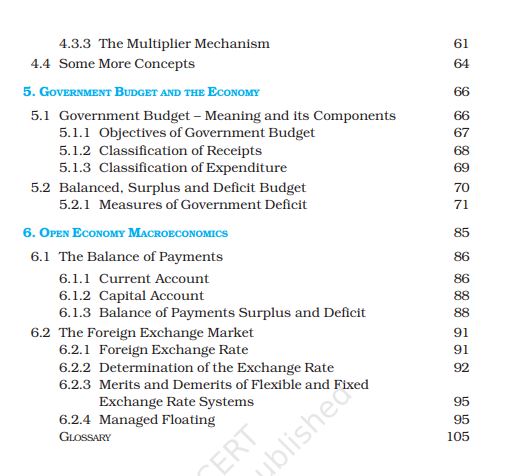
Economics B.A Honours UG Part-1
Paper – (I) : (Micro Economics)
Module 1 :-
Introduction – Nature & scope of economics Micro & Macro economics static & Dynamic Analysis
Module 2 :-
Consumer’s Behavior – Theory of consumer demand (a) Utility Analysis (b) Indifference Curve Analysis (i) Nature & Properties (ii) Consumer’s Equilibrium(iii) Income Effect Substitution Effect & Price Effect, Law of Demand, Elasticity of Demand Price, Income & Cross Consumer’s Surplus
Module 3 :-
Theory of production & Costs – Law of production (i) Law of variable Proportions(ii) Returns to Scale (iii) Isoquants properties and Producer’s Equilibrium. Concepts of cost & Revenue Curves-U-shaped cost curve.
Module 4 :-
Market Structure – Analysis of market Structure determination under perfect competition, and monopoly price discrimination. Equilibrium of Firm & Industry Under Perfect competition.
Module 5 :-
Factor Pricing – Marginal Productivity Theory of Distribution, Ricardian & modern theory of rent. Theory of wages & theories of profit Knight and Schumpeter.
Module 6 :-
Welfare Economics – Problems in measuring Welfare, Classical welfare economics Pareto’s criteris
Books Recommended :-
1. Koutsoyiannis A Modern Economics : Macmillan 2. Stonier, A.W. & D.C. Bague. A text book of Economics theory : ELBS & Longman Group, London Oxford University Press, Oxford. 3. Lipsey, R.G. & K.A. Chrystal, Principal of Economics Oxford University Press, Oxford. 4. Watson Price Theory and it’s Uses. 5. H.L. Ahuja – Advanced Economic Theory 6. Shiv Kumar Singh – Mulya Ka Sidhant. 7. K.P. Jain – Arthashastra Ke Sidhant.
Paper (II) : (India Economy with reference to Bihar)
Module 1 :-
Structure of At The Indian Economy Basic features, Forest resources. Problems of growing Population : Population Policy. Source of Energy & crisis in India.
Module 2 :-
Planning In India Objectives strategy. Indian economy on the Eve of Planning – Planning in India – Achievements & Failure, Current Five Year Plan.
Module 3 :-
Economic Reforms Liberalization, Privatisation and Globalization
Module 4 :-
Agriculture Nature & Importance : Trades in agricultural Production & Productivity. Factor determining Productivity, Land Reforms New agricultural strategy & green Revolution. Rural credit Agricultural Marketing.
Module 5 :-
Industries Industrial development under the Plans Industrial Policy of 1956 and 1991 ; of small Scale Industries; Role of Public sector enterprises in India’s Industrialization disinvestments
Module 6 :-
Transport Road, Railways, Airways
Module 7 :-
Indian Labour Trade Union movement
Module 8 :-
External Sector Foreign Trade & Plans. Trends in India’s Foreign Trade Export promotion, Measures Foreign Capital FDI and Multinational Corporations (MNCS)
Module 9 :-
Important Areas of Concern Poverty and inequality, unemployment problem, price rise, Industrial relations
Module 10 :-
Nature & Causes of Under development of Bihar
Books Recommended :-
1. Indian Economy. S. Chand & Company Ltd – Dart. R. & K.P.M. Sundharam 2. Indian Economy it’s Development Experience, Himalaya Publishing House, Mumbai – Mishra S.K. & V.K. Puri 3. India’s Economic problems – J.S. Uppal 4. Indian Economics – A.N. Agrawal 5. Indian Economic Problem – Pramit Choudhary 6. Indian Economy Problem – Mamoria & Jain 7. The Economy of Bihar – Dr. K.N. Prasad
Economics B.A Honours UG Part-2
Paper (III): Macro Economics
Module 1 :- National income and social accounts
Concept and measurement of National Income, national income identity with government and international trade; incorporation of environmental concerns in National accounts green accounting.
Module 2:- Output and Employment:
Say’s law of market and the classical theory of employment keynesain theory of employment, consumption function and multiplier, investment function marginal efficiency of capital saving and investment, Applicability by Keynesian economics.
Paper (IV): Public Finance & History of Economic Thought Group A & Group B
Group – A:-
Module 1: Nature and scope of public finance
Meaning and scope of public finance, Comparison between private and Public Finance, public goods vs. private goods. the principle of maximum social advantage. Market failure. Role of the government
Group – B:-
Module 5: Early Period
Mercantist, Physiocrats.
